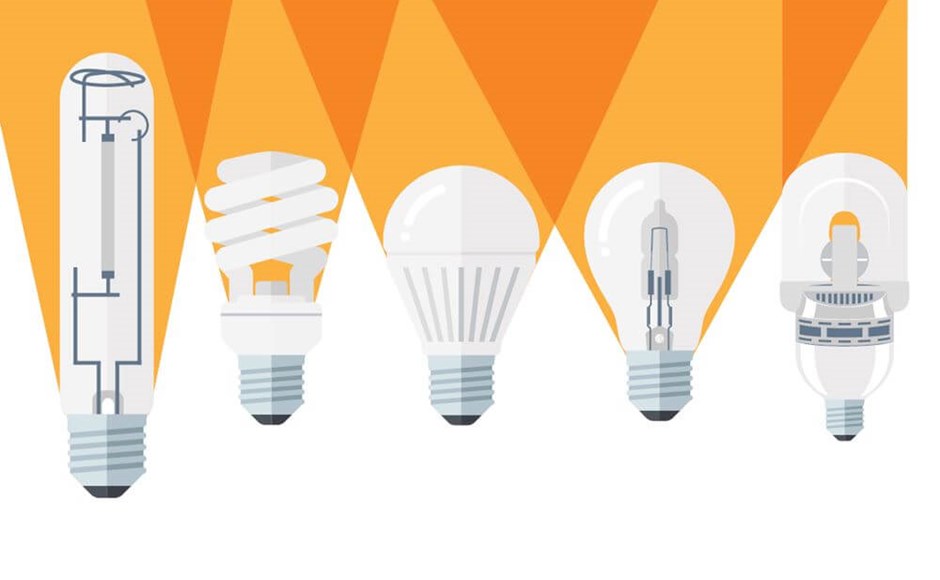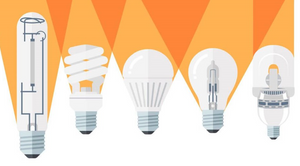In the majority of countries worldwide, growing cannabis at home is illegal. Nonetheless, there are some exceptions. In the Netherlands, Uruguay, the Czech Republic, Spain, and certain states in the United States, individuals are allowed to cultivate up to 5-6 cannabis plants at home for personal use. In these regions, enthusiasts can easily become growers. So, how can one cultivate high-quality cannabis at home? Here’s a detailed guide on the methods and techniques for cannabis cultivation.
Choosing a Place to Grow Cannabis: Windowsill or Grow Box
Although cannabis can be grown on a windowsill or in a well-lit room, the yield from such methods is usually minimal, often amounting to just a few grams after 2-3 months. Additionally, for safety, it’s advisable not to place the plants in visible locations where they can be easily noticed by unwelcome visitors. Supplemental lighting near a window may raise suspicion among passersby, and the smell of cannabis could attract the attention of neighbors.
Therefore, many European growers prefer using grow boxes—special cabinets designed for growing cannabis. These boxes create an optimal microclimate by allowing precise control of environmental factors, positively influencing the plants' growth. They are entirely enclosed, preventing light from escaping and include filters to eliminate odors. Placing such a box in a closet or another hidden spot ensures that no one will suspect cannabis is being grown in the home.
If you lack these limitations, it’s recommended to use the windowsill, as natural light is the best nutrient for the plants.
Growth box for growing hemp
You can make a cannabis planting box yourself, or you can buy a ready-made one in a dedicated online store. The first thing you need to pay attention to is the size. There will be a small backlog in the future, and it is best to select designs for 3-4 factories. Its size should be 1x1x2 meters or larger. Small self-flowering plants need a free space of 30x40cm. If you must plant very low automatic flowers, you can reduce their height. It should also be remembered that installing the lights will require approximately 50-60 cm of vertical space in the planting box.
In the ready-made box, everything has been adapted to the beginning of planting, but in the ready-made box, you will need to pay attention to other things:
-
Tightness.The grow box must be entirely sealed to prevent any light from entering. If you are using a pre-existing structure like a cabinet, rubber gaskets are the simplest way to eliminate gaps. If you are constructing the grow box from scratch, ensure that the walls fit together perfectly. Additional sealing can be achieved using silicone.
-
Internal coating. The proper internal coating of the grow box should serve two purposes: light reflection and insulation. If the apartment temperature remains above 20 degrees Celsius in winter, insulation can be disregarded. For light reflection, use specific materials like polyester film, which is ideal. Matte white water-based paint is also effective in reflecting light. Avoid materials like pentabromophenol, although they can be used as heaters under certain conditions.
-
Fire safety. Given that electrical appliances and water will be used in the grow box, proper precautions must be taken to prevent hazardous situations. Use a new cable equipped with a circuit breaker to connect the lighting and ventilation. Ensure all wires are fully insulated and keep them as far away from the irrigation area as possible.
-
Ventilation.A ventilation hole must be created at the top of the grow box. It is best to purchase a ready-made hood with a charcoal filter, and then cut the ventilation hole to match its size. This also helps in maintaining the box's tightness. Additionally, ensure a supply of fresh air by making a hole at the bottom of the grow box.
How to grow hemp and lighting

Growing Medium
Indoor cannabis can be cultivated in soil or through hydroponics. For beginners, soil is the preferable option due to its simplicity. Purchasing a ready-made soil substrate from a garden store is recommended, as it contains adequate nutrients for the first few weeks of growth and is loose and well-ventilated. The soil's pH should be between 5.5 and 6.5, which is common for flowering soils available in general stores. It is advisable to avoid using soil from flower beds, as it may contain harmful impurities.
Lighting
Historically, the gold standard for cannabis cultivation has been HPS (High-Pressure Sodium) lamps with a capacity of 250-400 watts. One such lamp is sufficient for growing 2-3 plants. As the number of plants increases, additional lamps can be purchased. The primary drawback of HPS lamps is their significant heat output, which can raise temperatures in poorly ventilated grow boxes and potentially burn the plants.
LED lamps, though traditionally secondary to gas discharge lamps, are becoming more popular despite their higher cost. Specialized LED grow lights are very effective but finding reliable and affordable suppliers can be challenging. If the budget permits, prioritize LED lights, focusing on those with 100-200 watts of power. They emit a spectrum beneficial to plant growth and development.
Energy-saving bulbs (ESL) are an excellent choice for novice growers with limited budgets. ESLs are suitable for small grow boxes, being both economical and inexpensive. They come in two types: 2700k and 6400k. For optimal results, use both types in equal proportions, aiming for a total power of 150 to 300 watts per half square meter of plant space. The red spectrum is essential during the flowering period, while the blue spectrum is needed during the vegetative stage.
Lighting Schedule
After selecting the lamp, the next step is determining the lighting schedule. Photoperiod cannabis typically follows a few lighting patterns, with the most common being 20/4 (light/dark) during the vegetative stage and 12/12 during the flowering stage. For autoflowering strains, the optimal lighting is either 18/6 (light/dark) or 20/4. However, these are not the only possible schedules, so it is recommended to read further resources like the article "Ignite Cannabis" for more information.
The optimal distance from the top of the plant to the lamp is different for each type of lighting. DNaT and other gas discharge lamps must be 30-60 cm away from the factory, LED lights-10-50 cm away, ESL is actually very close -10 to 30 cm away.
Microclimate
Cannabis grows best at 23-28 degrees during the day, 18-23 at night, and 50-60% relative humidity. At the beginning of the vegetable, the humidity may even be slightly higher, but in order to make it mature, it is recommended to reduce it to 30-40% to avoid the appearance of mold. In order to prevent this and the strength of the branches and the better development of the root system, it is necessary to provide sufficient airflow for the plants. High-quality air supply and exhaust ventilation systems will help regulate humidity and temperature, and will constantly update the air in the seed box.
Hemp fertilizer
After creating all the necessary conditions, all that is left is to choose the right seeds and make the right nutrition plan so that the plant gets everything it needs. During the plant growth stage, hemp will actively consume nitrogen, phosphorus, potassium and the consumption of trace elements is small. Usually, there are enough of these in decent purchase soil for the first time. But after a few weeks, supplementary feeding may be required. Compound fertilizers with an NPK ratio of 5-4-3 or 6-5-4 are very suitable. When switching to the flowering state, the demand for phosphorus and potassium increases. Therefore, NPK 3-5-6 and calcium and magnesium fertilizers will be the best. In the final stage of maturation, flowering stimulants 0-9-10 or 1-5-6 contain virtually or no nitrogen at all. At the end of life, these plants can only drink water for a few weeks.
Useful tips and life skills from experienced growers
-
To facilitate working in the planting box, all electronic equipment and wires should be located outside of it. A special compartment inside will be very useful, so no one will suspect that something is wrong.
-
Reduce the moisture in the growth chamber a few weeks before harvest. This will stimulate the buds to release more resin;
-
Turn off the lights completely 2 days before harvesting. Then, the buds will start to produce other THC crystals.
-
Using pentachlorophenol as an inner lining can insulate the structure, but white frosted paint is more suitable for use as a reflector.
-
Grazing should be stopped 2-3 weeks before harvest. It should be watered with clean water. This will remove all harmful substances in the cone cells;
-
The final watering should be done one week before the buds are ready for harvest. This will reduce the internal moisture content and make drying and curing easier;
-
In order to strengthen the stalks and increase productivity, the wind in the planting box must be simulated. A small computer radiator will help achieve this goal.
to sum up
Growing marijuana at home is very easy. In addition, it can be completed at the lowest cost. The main thing is to determine the location of the planting equipment and have selected a variety for them. It should be understood that the more investments made, the richer the harvest. Beginners should not be afraid of anything, everything is accompanied by experience!

